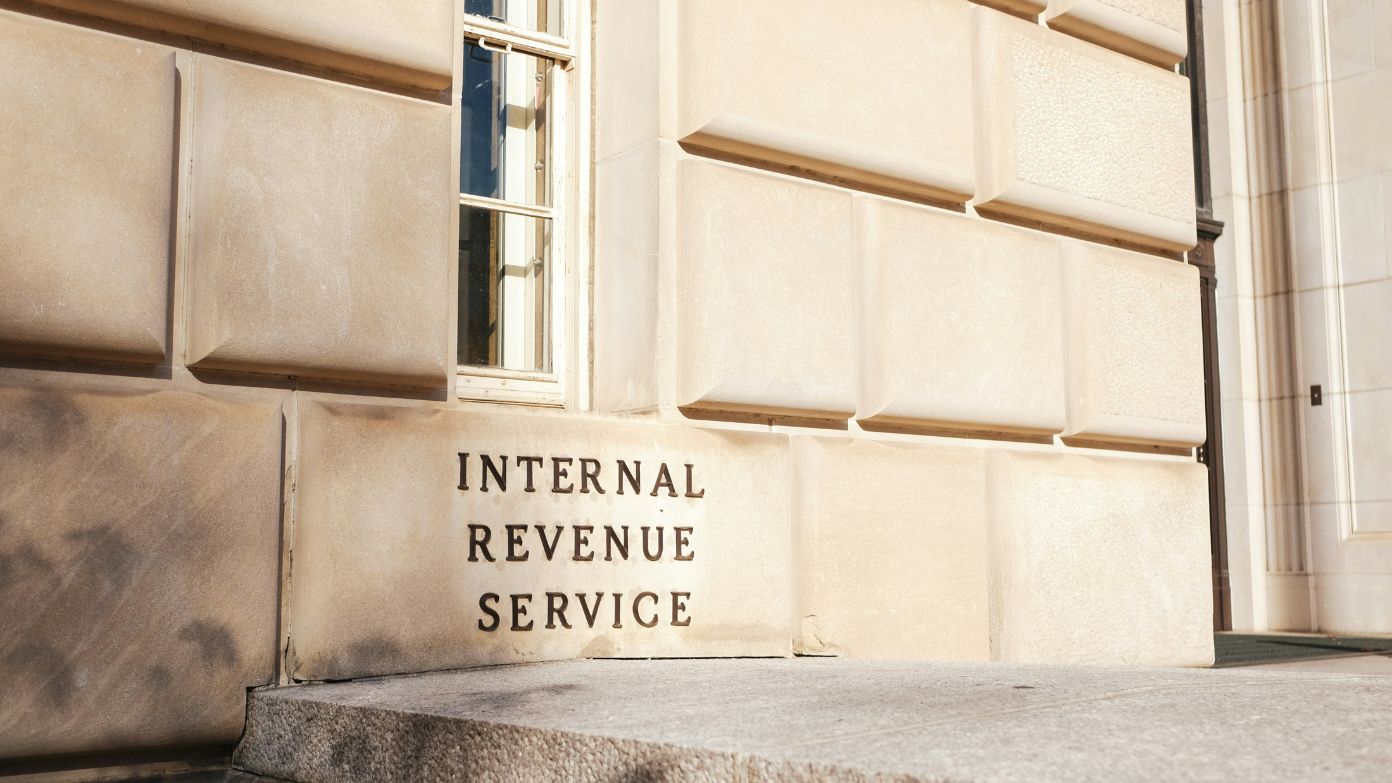The Internal Revenue Service (IRS) has just announced significant tax relief for farmers and ranchers who have been hit hard by severe drought. If you are one of the many producers who had no choice but to sell off cattle or other livestock earlier than planned, this could be the kind of help you need. The change gives you more time to recover financially without facing immediate tax bills.
What is the new tax relief from the IRS?
In simple terms, the IRS is extending the time farmers and ranchers have to replace livestock they were forced to sell because of drought. Normally, you get two years to replace animals and avoid capital gains taxes. Under this new rule, you now get up to four years. If drought conditions continue, the IRS can extend it even further.
This is a big deal because selling off herds early often creates taxable income that was never part of your original plan. Instead of being punished by the tax code, this change gives you breathing room.
Recommended:
If you invested $1,000 in Abbott Laboratories 10 years ago, here’s how much you would have today
Who qualifies for the IRS tax relief?
Eligibility is not just for a few counties. According to the IRS, farmers and ranchers in 49 states, the District of Columbia, and several U.S. territories can qualify if their areas were under a federal drought designation during the 12 months ending August 31, 2025.
The only state without eligible counties is Alaska.
To qualify, a few key conditions must be met:
- You sold livestock because of drought conditions.
- The animals were for draft, dairy, or breeding purposes.
- Your county was officially listed as experiencing exceptional, extreme, or severe drought.
Livestock raised for slaughter, poultry, or sporting purposes are not included.
Why drought forces livestock sales
Many of you know firsthand how severe drought changes everything. A lack of rain means:
- Little to no pasture grass for grazing.
- Skyrocketing costs for feed and water.
- Shrinking water supplies for animals and crops.
When the costs pile up, selling cattle becomes the only way to stay afloat. But the sales often happen earlier than you would like, disrupting long-term operations. That is why this tax relief matters—it acknowledges that these sales are driven by necessity, not profit-making.
Recommended:
How long do you have to replace livestock?
If your original replacement deadline was set to expire at the end of 2025, you now have until the end of your next tax year to replace the animals. That means extra time to rebuild herds when conditions improve.
For example, if you sold breeding cattle during a drought in 2021, you could have faced a replacement deadline in 2023. Now, with the IRS extension, you may have until 2025 or even later, depending on how long the drought continues.
What farmers and ranchers should do next
If you think you qualify, here are some steps you should take:
- Check your county’s drought designation. The IRS uses data from the National Drought Mitigation Center.
- Keep records of livestock sales. You will need to show that the drought directly led to the sale.
- Talk to your tax professional. Rules can be tricky, and you do not want to miss out on this relief.
Related article:
Good news for wealthy taxpayers – IRS estate and gift tax exemption rises to $15 million in 2026

